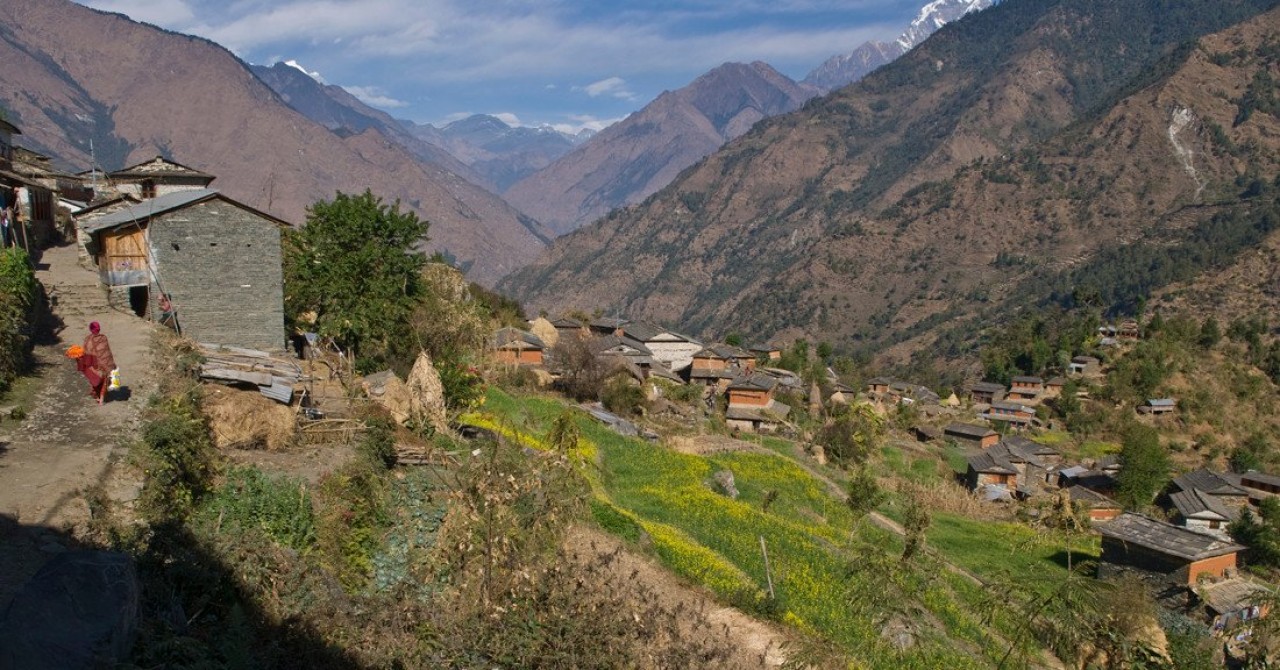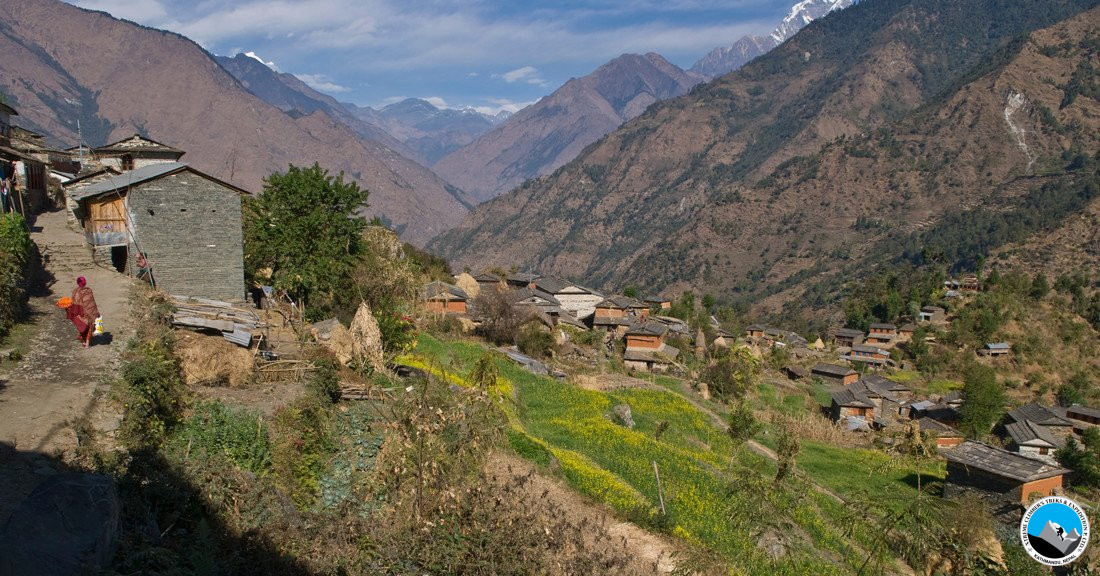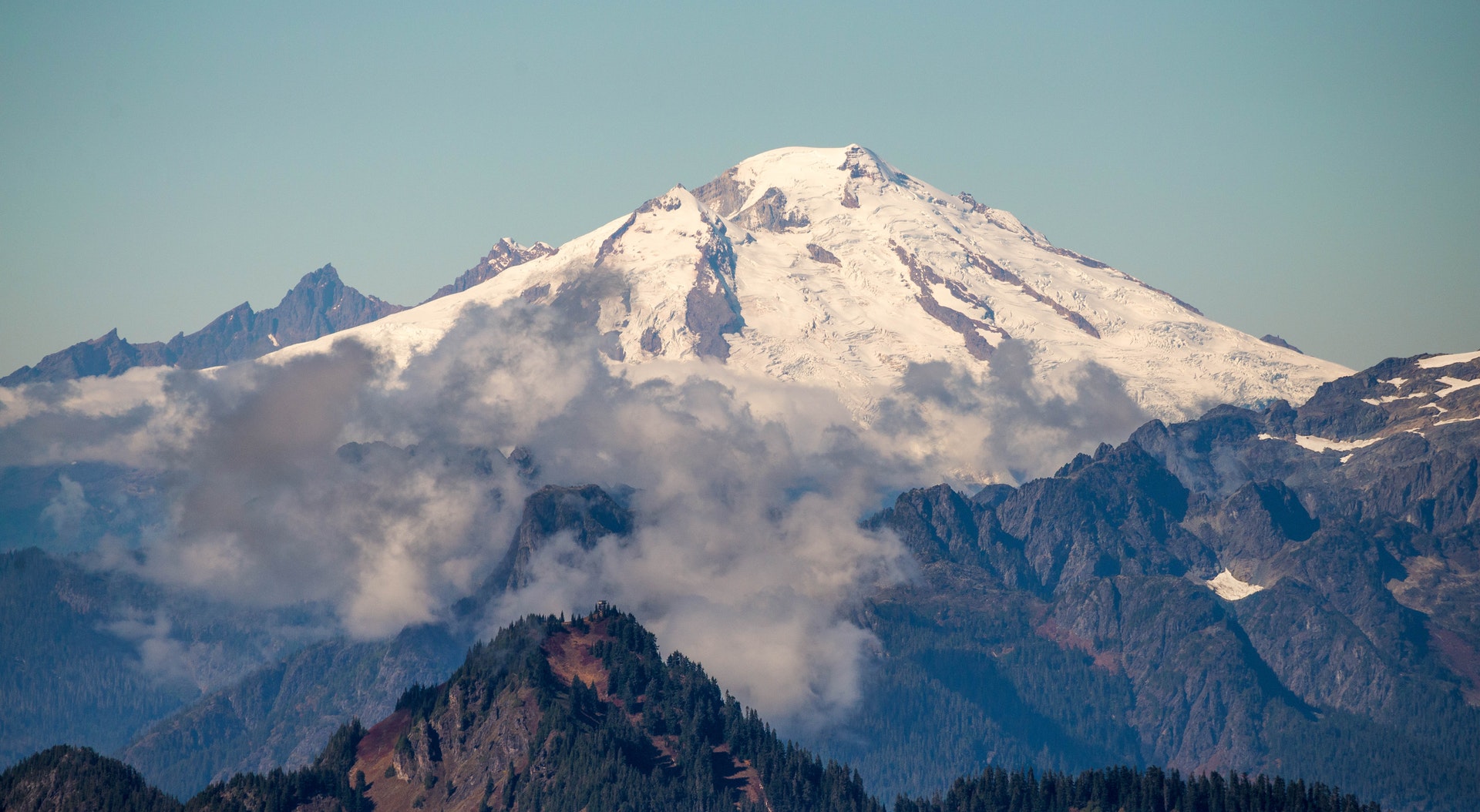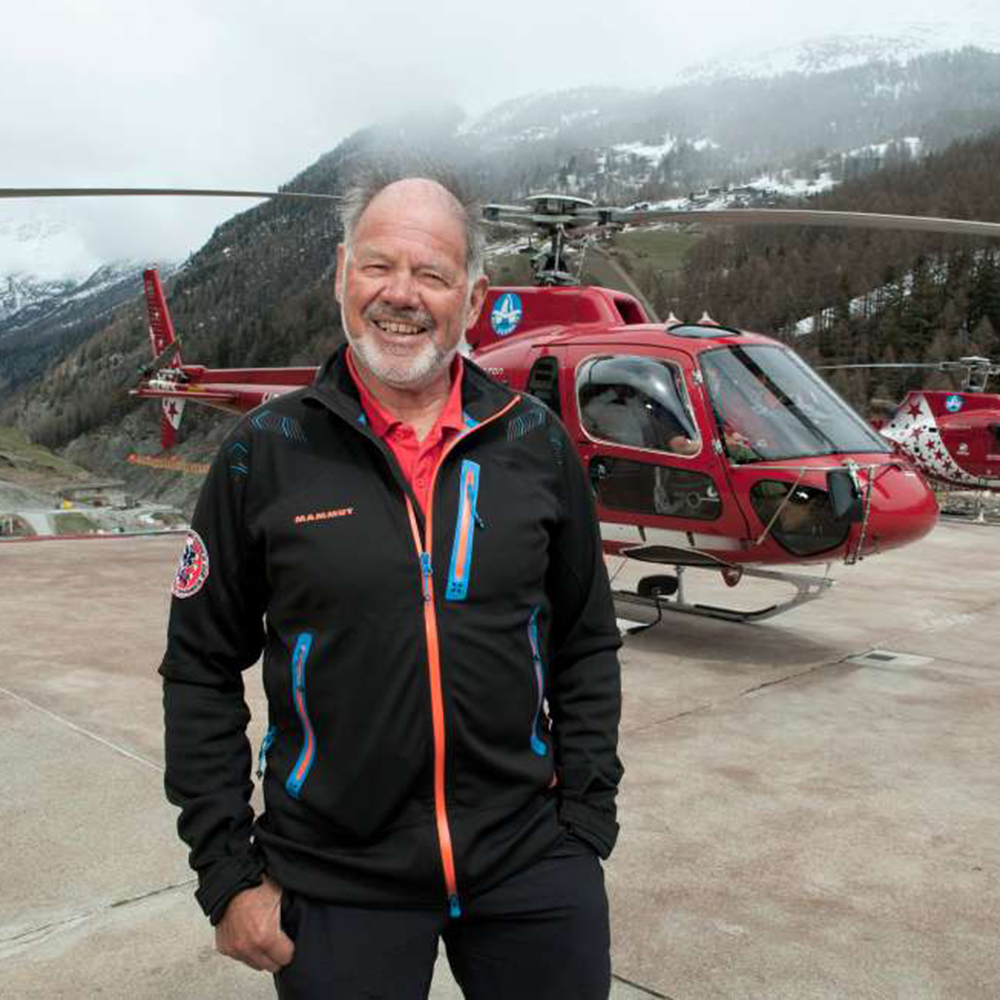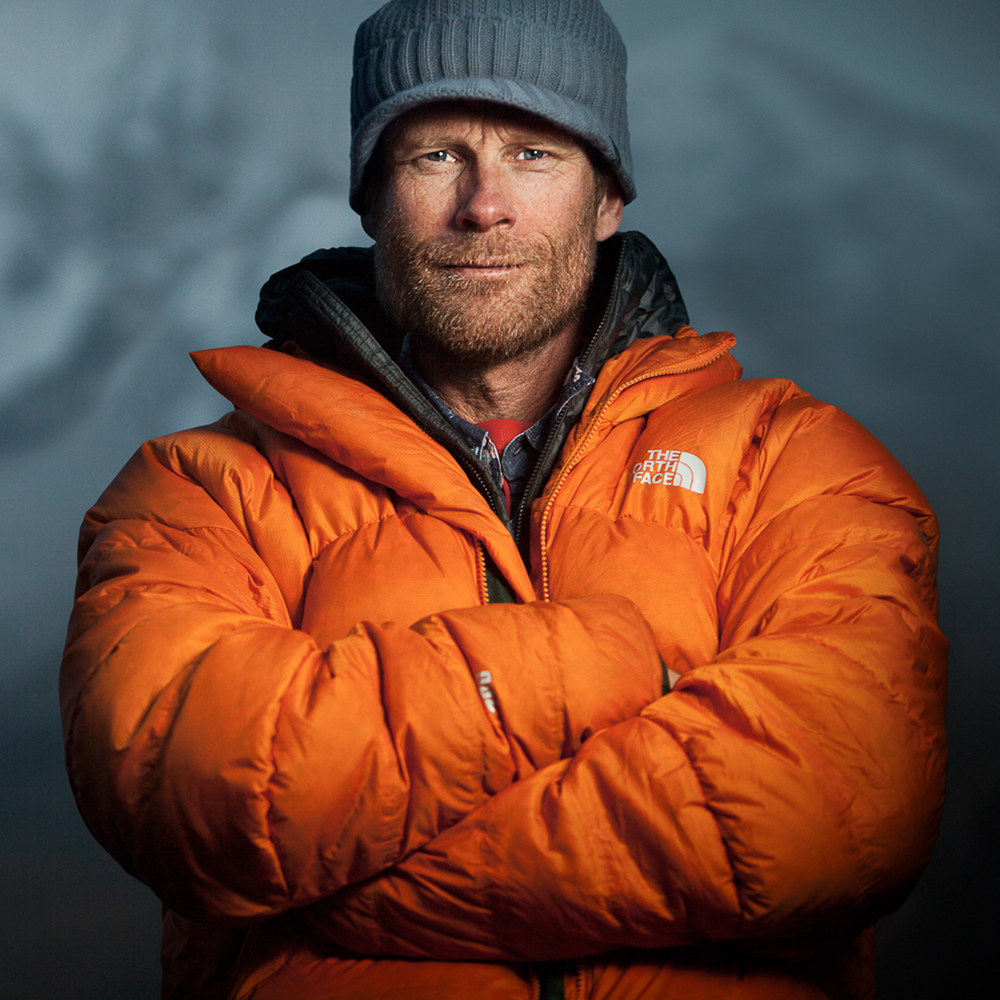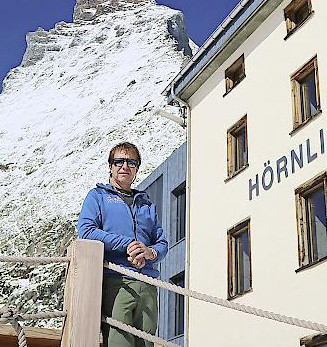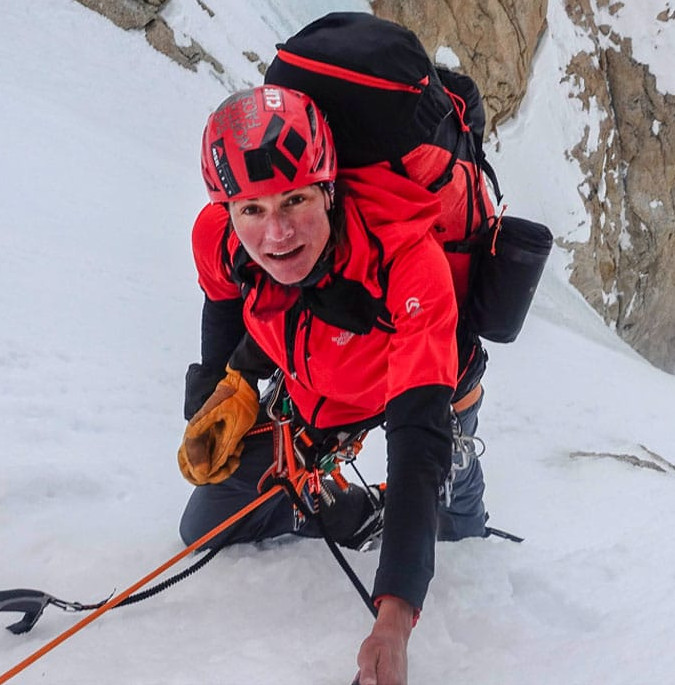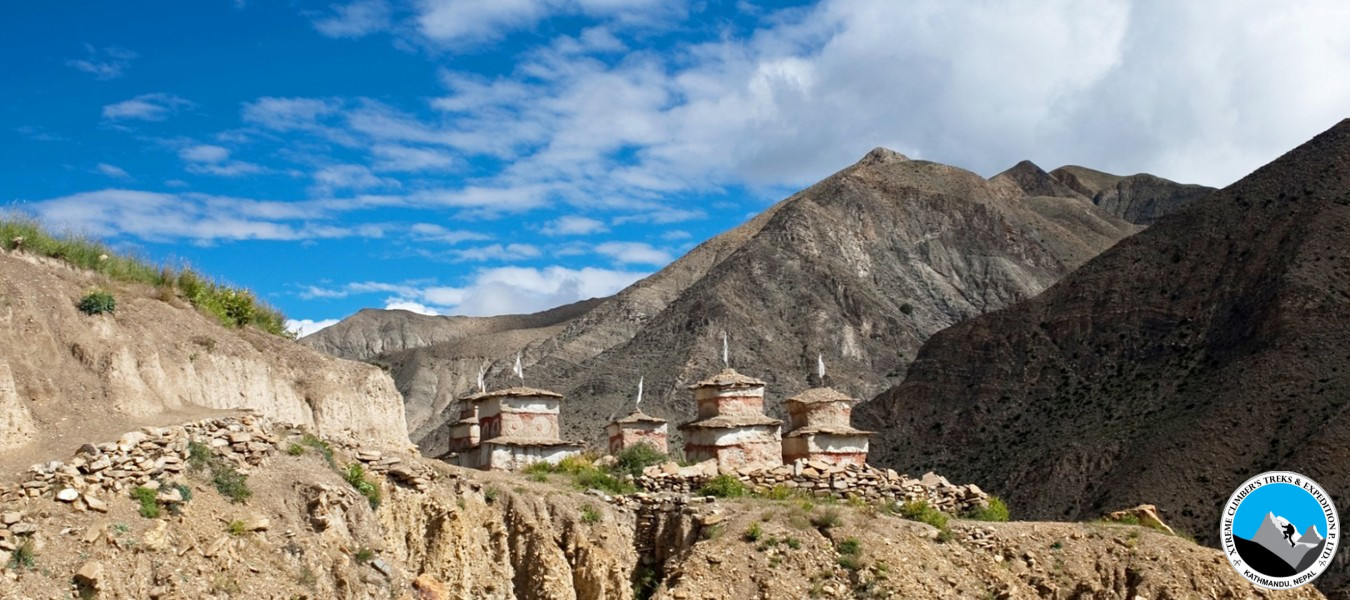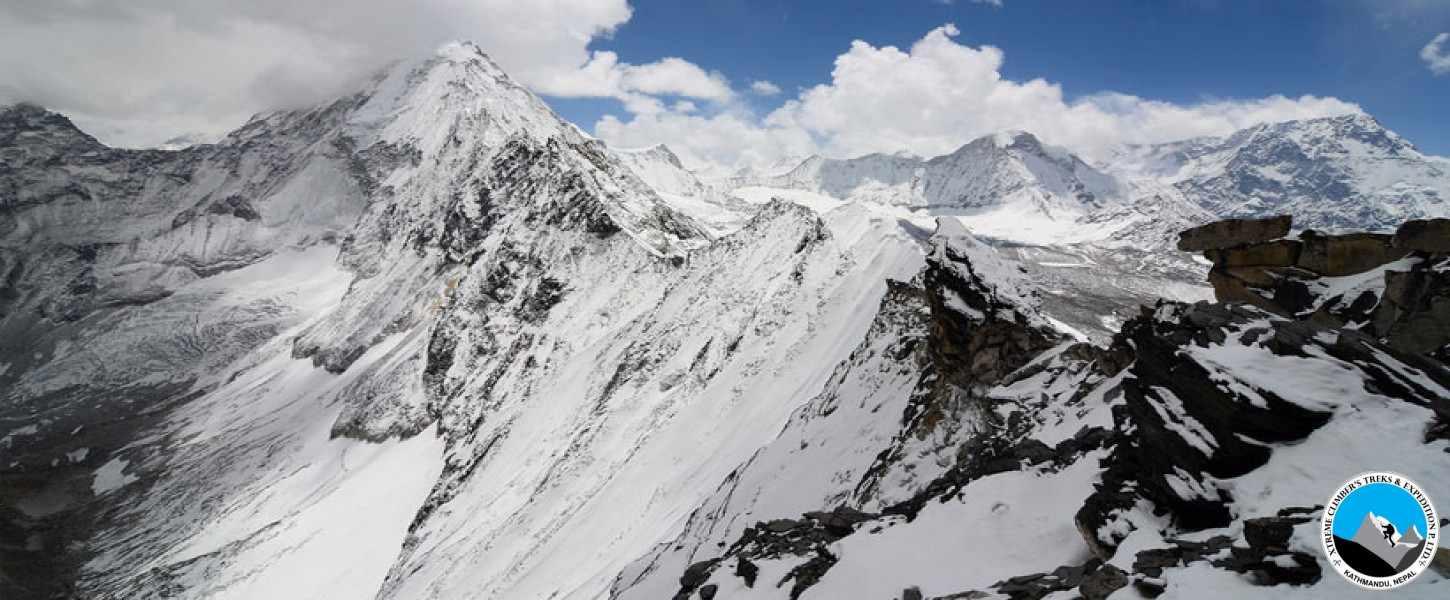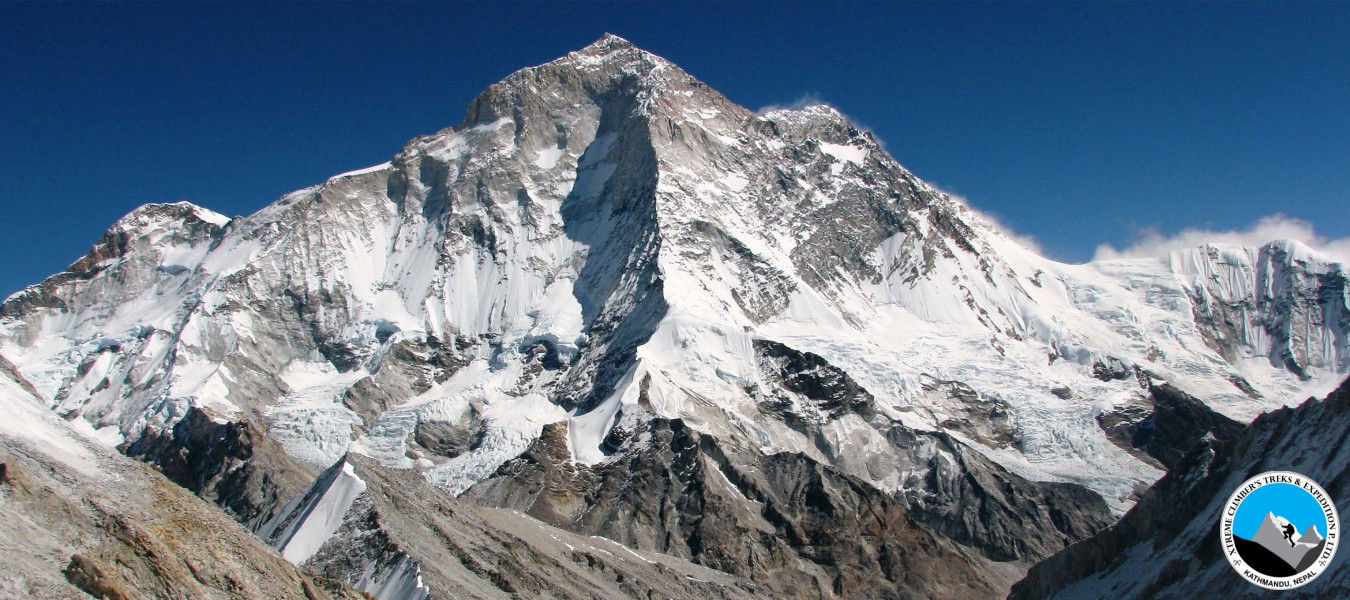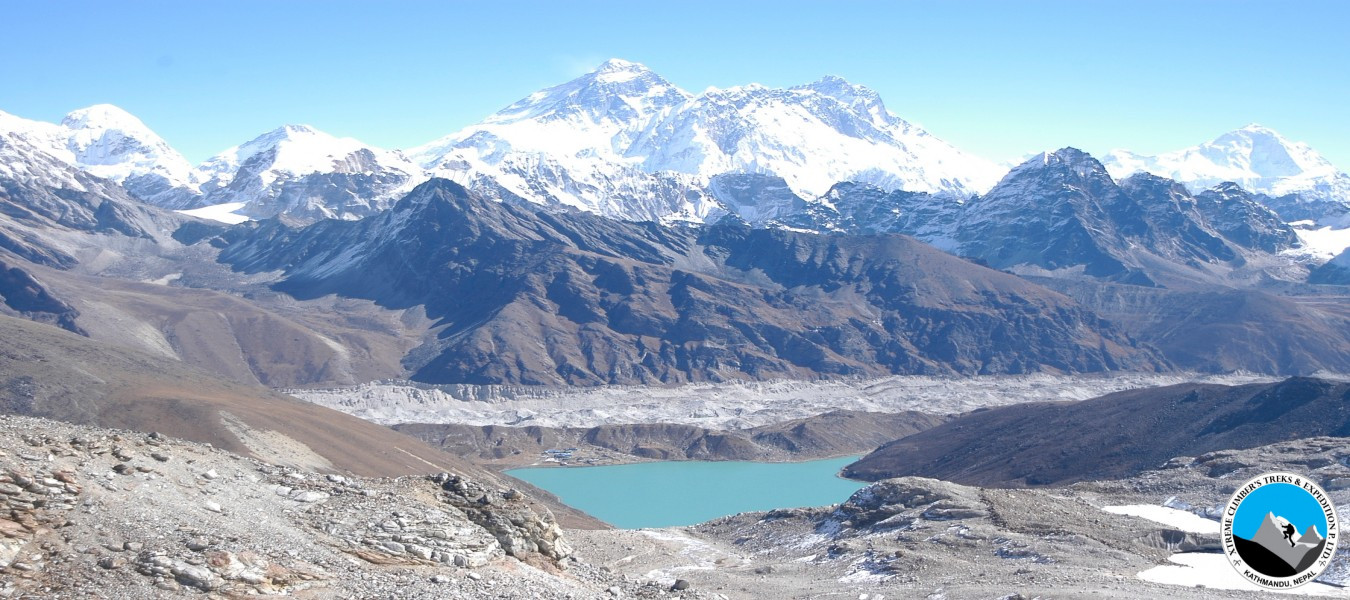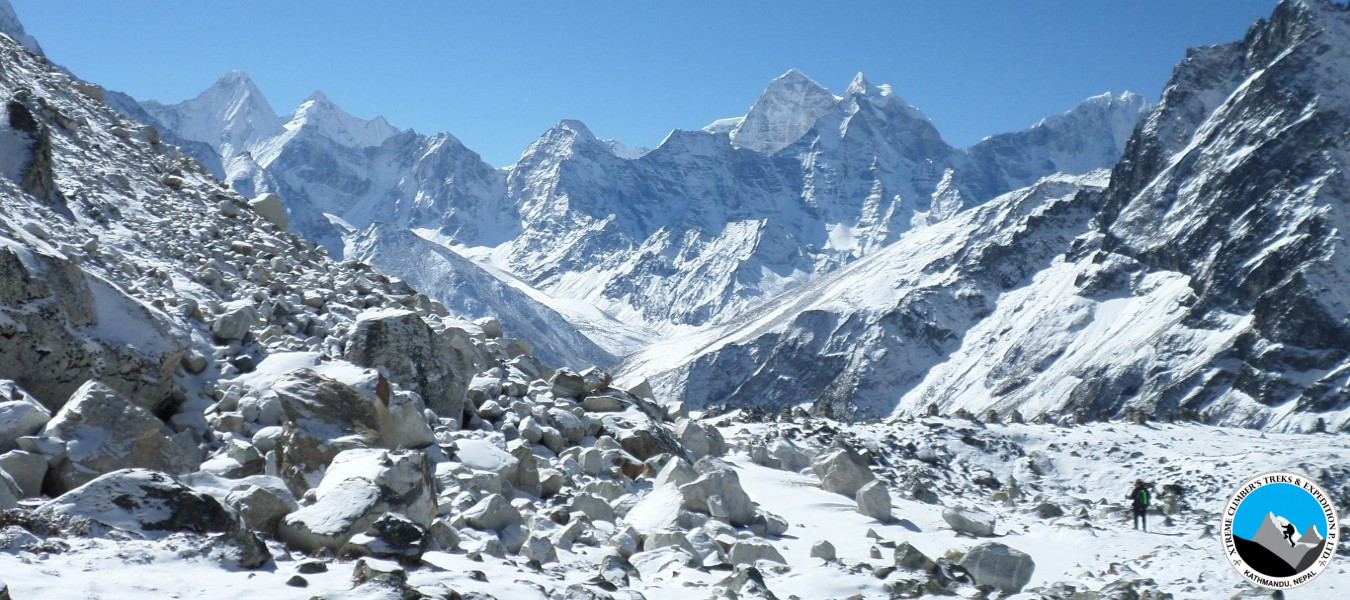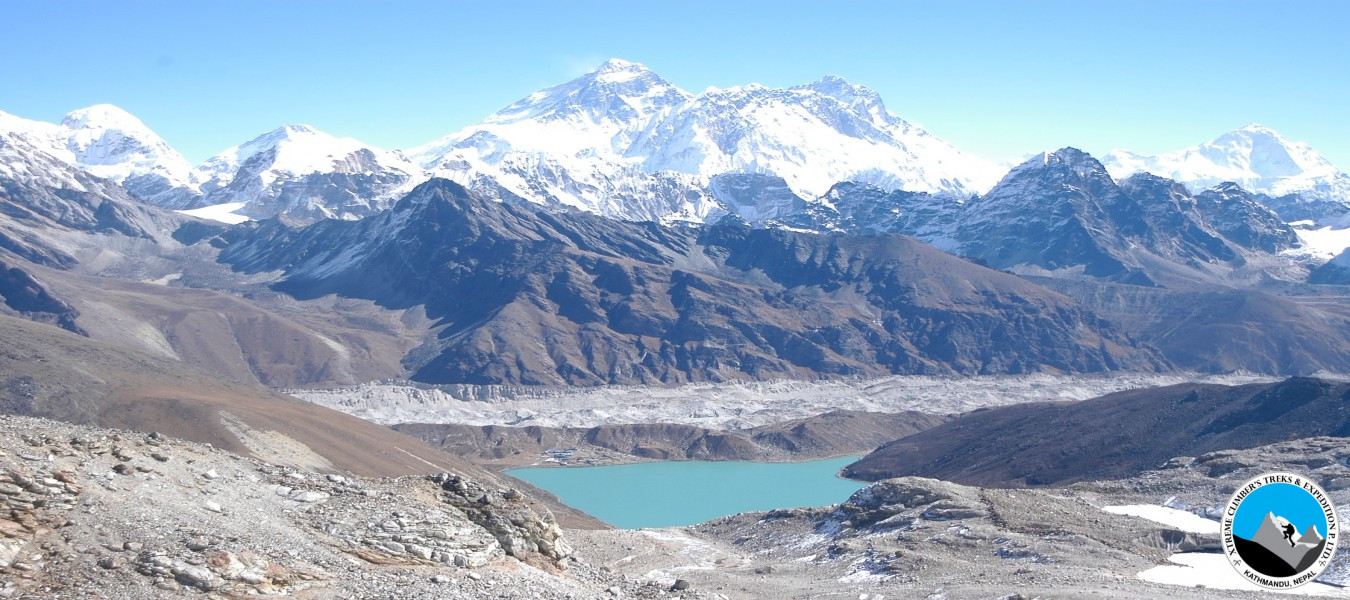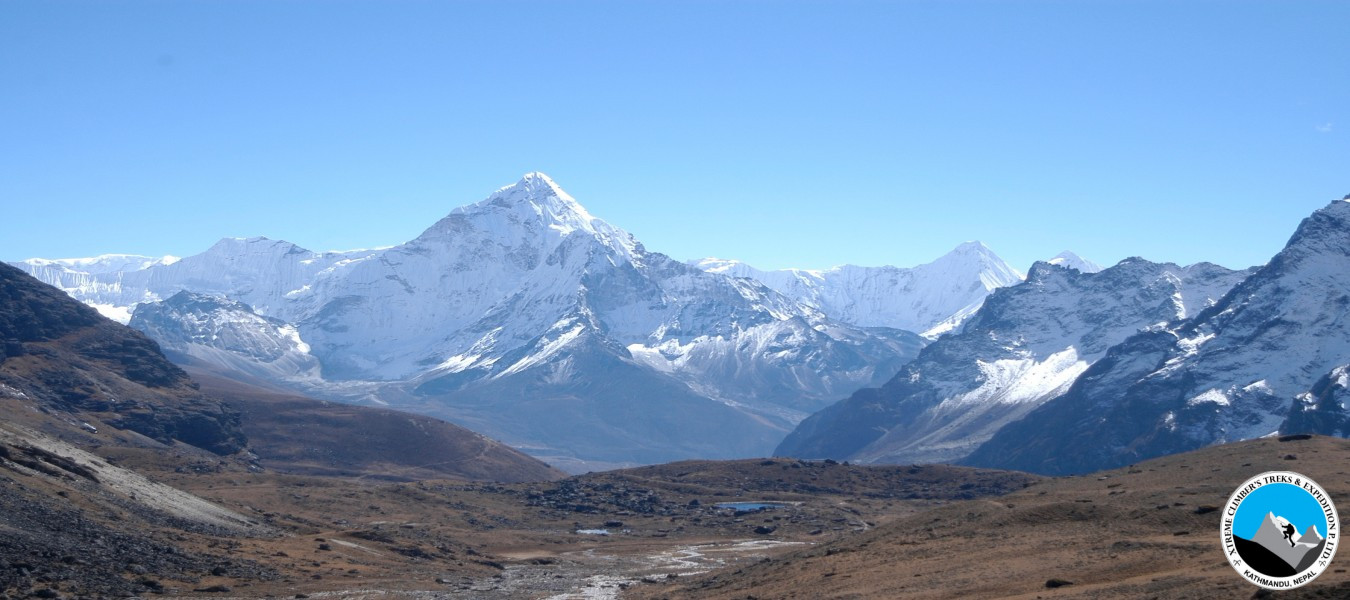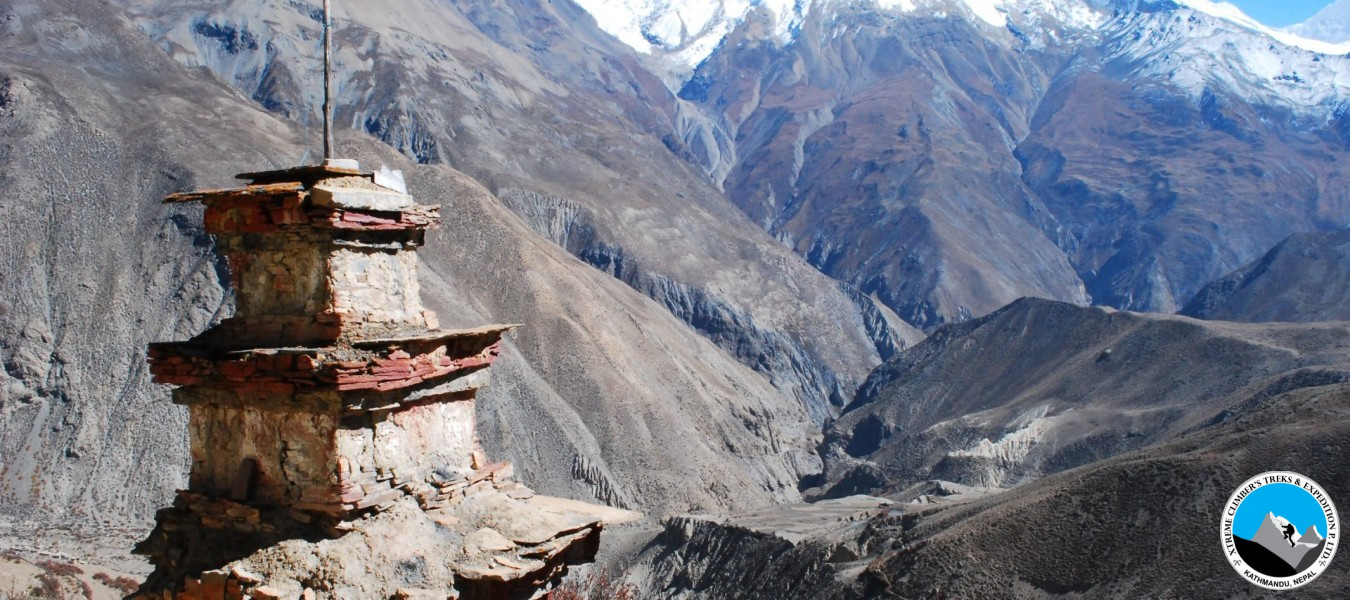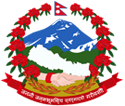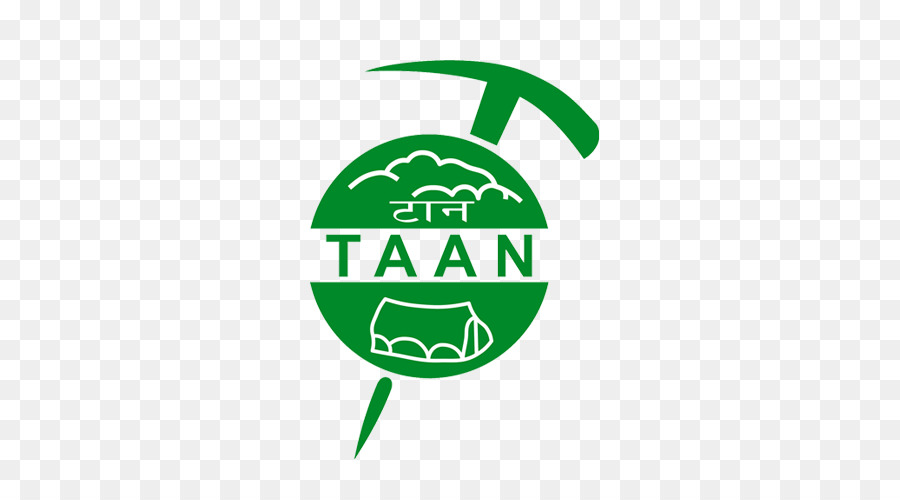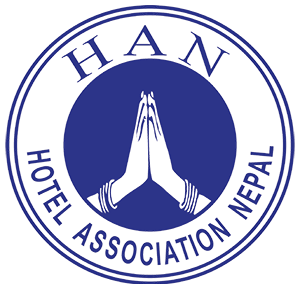Upper Dolpo till today stands as one of the most isolated and remote region of this Himalayan country. But, the magnificence of this region is second to none. Snuggled between the Tibetan plateau and Dhaulagiri Himalaya Chain, it is your Shangri-La. Upper Dolpa area was open to foreigners only from 1989. Dolpo is a culturally Tibetan region in western Nepal Valleys (south), and the Phoksumdo and Mugu Karnali Valleys (west and northwest). To the southwest lies Dhaulagiri, the sixth highest mountain in the world (8172 meters). This massif and its outliers create a rainshadow that determines much of Dolpo's climate. Though no meteorological records have been kept in Dolpo, its valleys probably receive less than five hundred millimeters of precipitation yearly.
The Upper Dolpo-Jomsom to Juphal and back to kathmandu trek will take you to the most isolated and unscathed parts of the Mid-West region of Nepal. Dolpo, the land past Himalayans summons the beautiful and up-close view of regal mounts, oldest monasteries and frosty turquoise lakes The Upper Dolpo Trekking Jomsom to Juphal passes by some of the world’s lordliest mounts as Annapurna, Dhaulagiri and Kanjiroba, and an ancient medieval kingdom of Lower Dolpo.Dolpo is home to some of the highest villages on earth; almost ninety percent of the region lies above 3,500 meters. The population of Dolpo is less than five thousand people, making it one of the least densely populated areas of Nepal. Its inhabitants wrest survival from this inhospitable landscape by synergizing agriculture, animal husbandry, and trade. Dolpo's agro-pastoral livelihood is characterized by migrations between permanent villages and pastures at higher altitudes. More than ninety percent of the population lives under the poverty line, literacy is low, and life expectancy is a mere fifty years. Administratively, the valleys of Dolpo are located in the northern reaches of Nepal's largest district, Dolpa. This region is also referred to as 'Upper' Dolpo by His Majesty's Government of Nepal, a designation which has restricted foreigners from traveling extensively in this area. Originally, the Dolpo region was located in the kingdom of Zhangzhung. Located in western Tibet, this kingdom was strongly connected with the Bön religion. The first Tibetan dynasty (Yarlung) conquered much of the territory that encompasses the Tibetan-speaking world, including Zhangzhung, between the sixth and eighth centuries. Populations migrated from Zhangzhung to areas east and south, including Dolpo; the name for this region first appears in written sources at this time. The dominion of the western Tibetan dynasties over Dolpo was eclipsed during the fourteenth century by the principality of Lo (in present-day Mustang District, Nepal). Thereafter, Dolpo villagers paid tributes to the Kingdom of Lo in the form of grains, labor, and religious service. One manner in which Dolpo's villagers paid their annual taxes was by painting Thangka and carving Mani walls. Tenzin Norbu counts among his ancestor’s painters who traveled to Manthang, the capital of Lo, to participate in the creation of the renowned paintings at Thubchen and Jampa monasteries.
The trek passes north of the major mountain chain, through thrilling mountain passes as high as 5,250m. Niwar-La as well several few other over 5000m. towards the Tibetan Plateau. We will come across monasteries, both Buddhist and Pre-Buddhist (Shamanistic) laden with colorful prayer flags. Shey Gompa is anthropologically and religiously very important monastery of the region.
